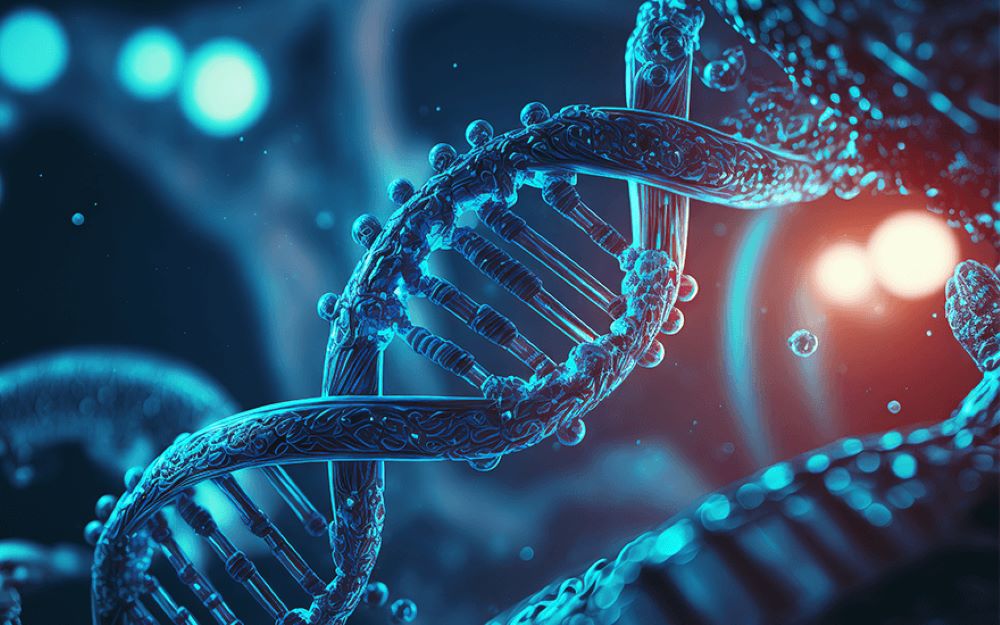Biohacking, the practice of using science, technology, and lifestyle interventions to enhance physical and mental performance, has surged in popularity. From optimizing sleep to experimenting with futuristic tech, biohackers aim to unlock their full potential. So, biohacking can be leveraged to enhance your health and increase your energy.
However, the field is a mix of proven methods and overhyped claims. Understanding what’s backed by evidence versus what’s speculative can help you make informed choices.
What Works
Sleep Optimization: Getting adequate sleep, sticking to sleep schedules, using dark curtains, and wearing blue-blocking glasses have substantial evidence behind them. These factors have a positive impact on memory, mood, the health of the body, as well as mental health.
Intermittent Fasting (IF): Controlled fasting schedules, such as the 16:8 method, show evidence of improved metabolism, insulin sensitivity, and cellular repair.
Exercise Styles: Weight lifting and aerobic exercise are well supported by research to enhance cardiovascular fitness, brain function, and lifespan. Moreover, flexibility and stretching are the areas we can affect through routines such as yoga and Pilates.
Recovery techniques: Cold plunges and massage also help in muscle recovery and, therefore, reduce inflammation.
Mindfulness and Meditation: Regular mindfulness exercises, like meditation or deep breathing, lower stress, improve focus, and help manage emotions. Neuroscientific studies show mindfulness strengthens brain areas linked to attention and emotional control, enhancing mental clarity and resilience.
Dietary Tweaks: A diet rich in whole foods, omega-3 fatty acids, and probiotics supports gut health, which is closely linked to better thinking skills, mood regulation, and overall wellbeing.
What’s Hype
“Smart Drugs” (Nootropics): These are nutritional products or prescription medicines sold to improve the brain’s functioning, for example, memory and concentration. Although caffeine and omega-3 work, most nootropics are not backed up by science and can be dangerous.
DIY Gene Editing: Some biohackers self-learn how to use CRISPR, a tool employed by scientists for changing genes in a laboratory setting. However, these experiments are mostly crude and uncontrolled, and there is no assurance of success in the process, not to mention safety issues. For instance, some have attempted to inject themselves with gene-editing materials to enhance muscle growth or fight diseases. The above practices are extremely risky and are often considered to be dangerous.
Extreme Diets: Any diet that is too tightly controlled will likely result in weakness, malnutrition, and damage to the metabolic system. Homing, healthy, balanced diets are much more effective.
High-Tech Gadgets: Quite often, gadgets such as the brain stimulation headset or the wearable stress reducers do not have a sufficient research base. Although they sound like innovative and solution-oriented concepts, their advantages have not been fully realized.
Thus, this year, your health vision needs biohacking since it has become a great prospect in enhancing the overall wellbeing of the human body and brain. The idea of optimizing results using science, technology, and lifestyle changes is a very attractive one. Nonetheless, biohacking has its proportion of myths and dangerous practices. Therefore, to get the most out of biohacking in 2025, you need to differentiate between facts and hype. Concentrating on efficacy—effective exercises, changes in diet, and successful application of rest, you can achieve your best health outcomes without the risk of harm.

